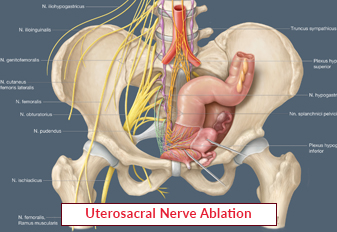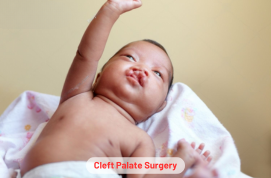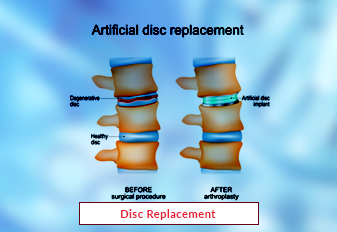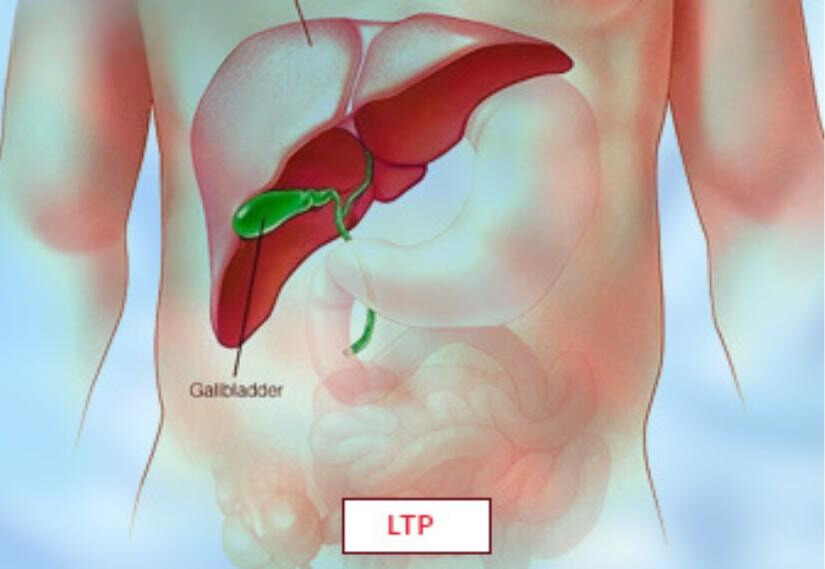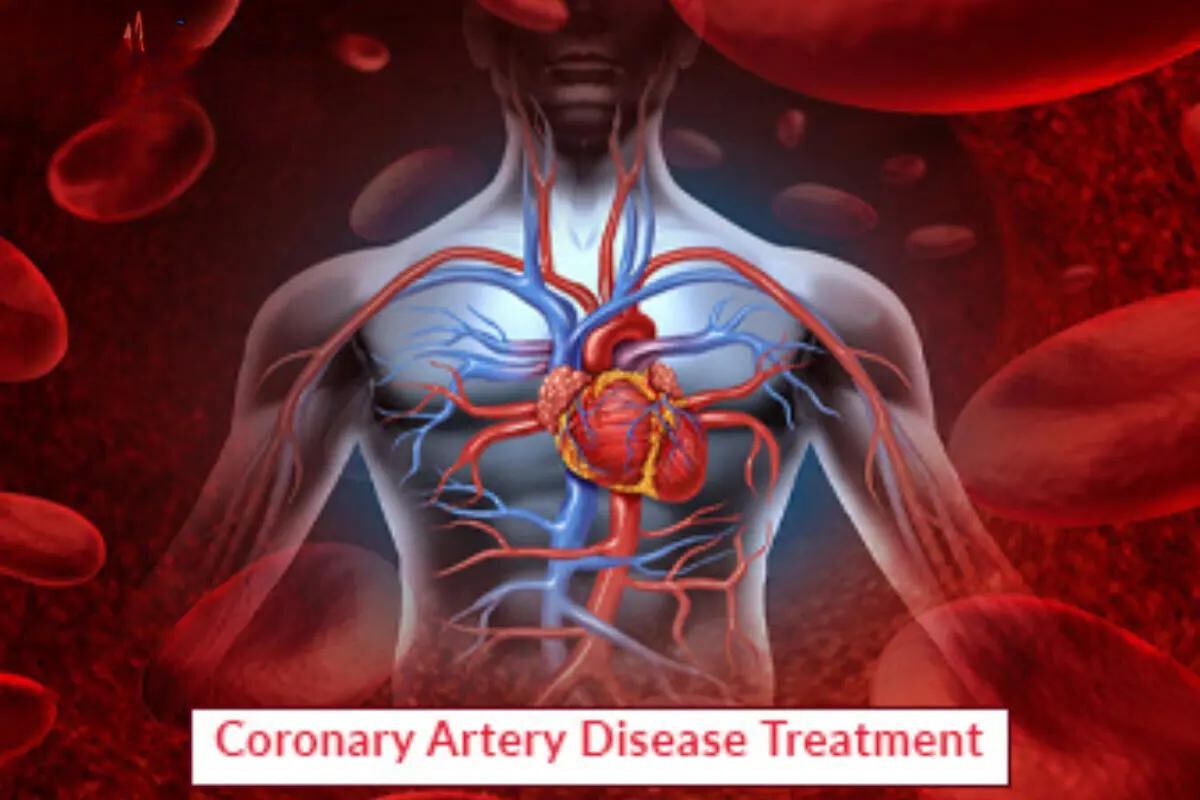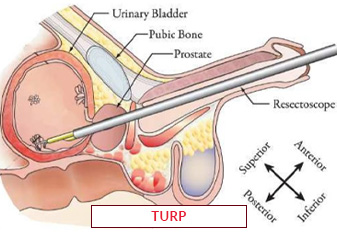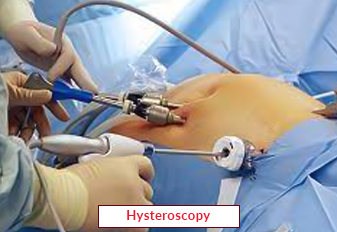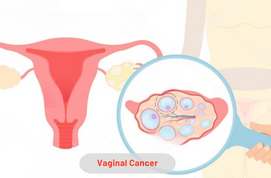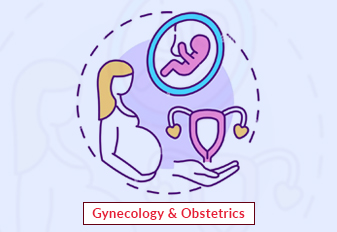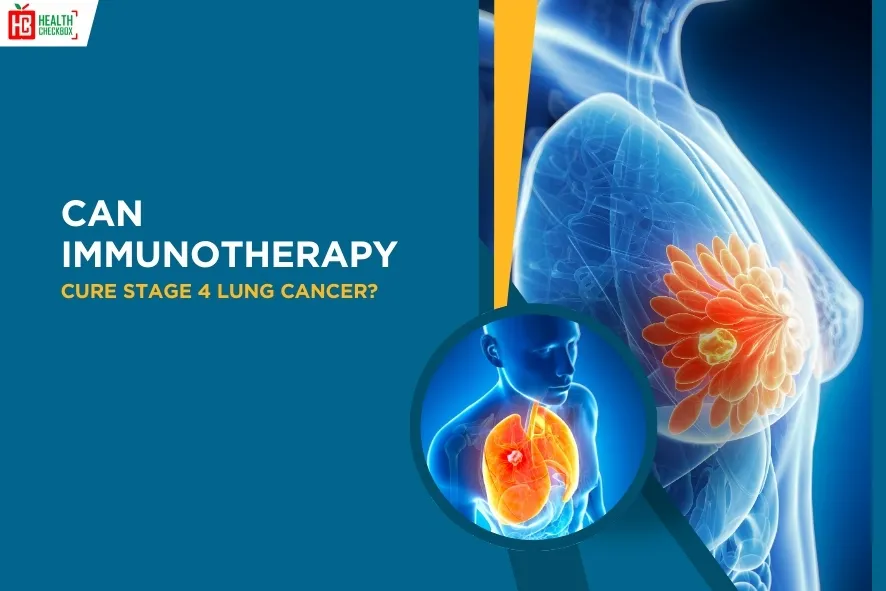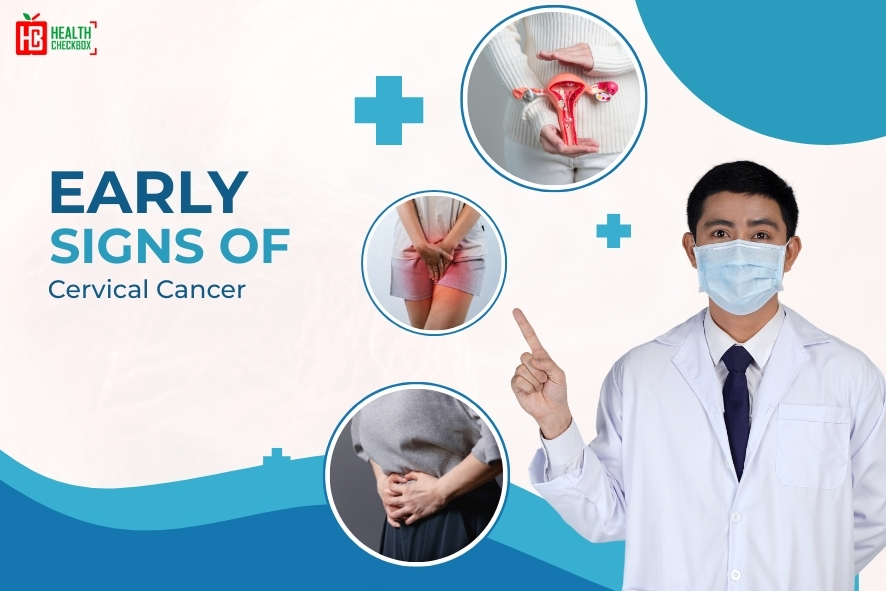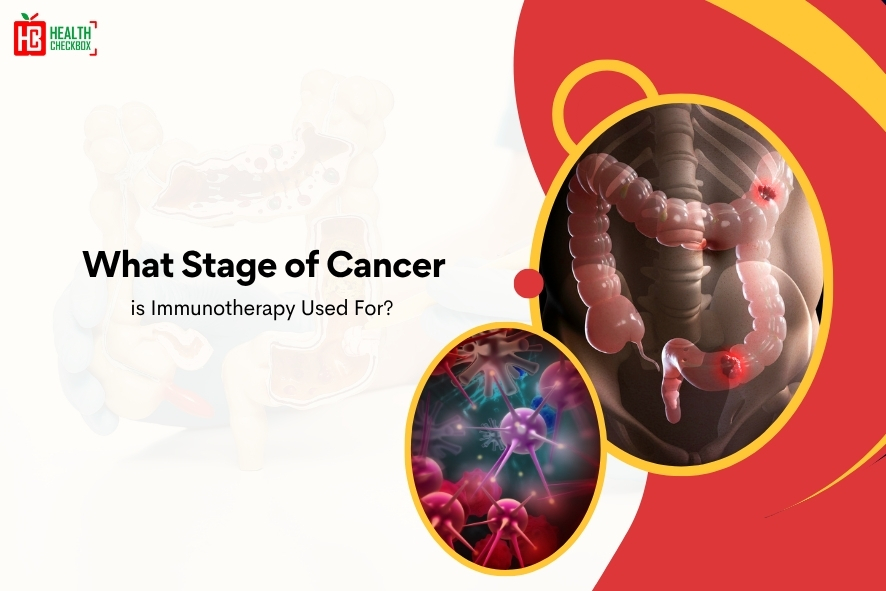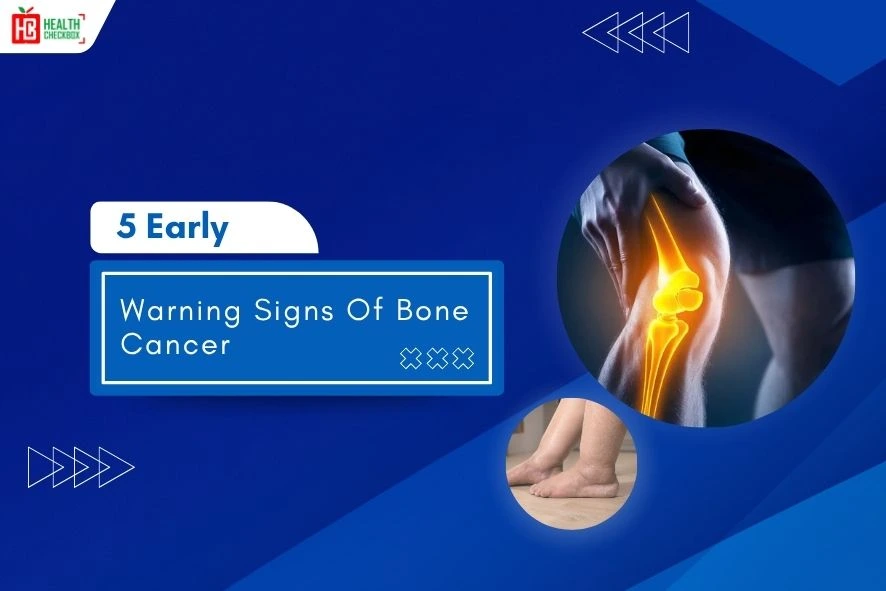Cholecystitis surgery, also known as gallbladder surgery which is defined by gallbladder inflammation. The liver produces bile, which is found or stored in this little, pear-shaped organ. After eating, your gallbladder helps break down lipids by sending bile into the small intestine. It uses bile ducts, which are microscopic pipes to send and receive bile. Inflammation, pain, and swelling within your gallbladder may be caused by an infection in the gallbladder or the bile ducts that attach to it.
Anyone who has surgery reports that their cholecystitis symptoms have improved and that they will resume their normal activities in a few weeks. Gallstones affect around fifteen percent of people worldwide, and twenty percent of those who have them will experience side effects like cholecystitis. 95 percent of cholecystitis cases are caused by gallstones.
Is Cholecystitis a Critical Condition?
Bile flow restriction is the most frequent cause of severe cholecystitis. The cholecyst may not be the only organ affected. A blockage in the biliary system can lead to swelling, pain, and contagion. In this group of organs that exchange gall through the bile ducts. Bile that has backed up can spill into the system and cause illness. Additionally, the digestive system won’t receive the necessary bile.
An organ that has experienced severe inflammation and swelling may split or rip due to tissue death. Although the severity of chronic cholecystitis is usually lower, persistent inflammation can still cause major harm. The gallbladder may become incapable of contracting properly due to the development of scar tissue inside. Additionally, this can impede the passage of the bile.
Causes of Cholecystitis
Cholecystitis can develop due to several causes, which are as follows:
- It is frequently caused by gallstones that block the bile ducts.
- Tumors
- Infections
- Damage to gallbladder
- Underlying medical conditions
- Malnutrition or dehydration
- Ischemia
- Bile stasis
- Biliary dyskinesia
- Biliary stricture
Signs & Symptoms
Following are the various symptoms of Cholecystitis.
- Abdominal pain
- Nausea or vomiting
- Loss of appetite
- Weakness
- Stiffness in muscles
- Fever
- Bloating
Different Types of Cholecystitis
- Acute: It is a sudden inflammation of the gallbladder. This disease is caused by a blockage of the cystic duct by a gallstone.
- Chronic: This is a slow and long-lasting inflammation of the gallbladder.
- Calculous: This is the result of a gallstone obstructing the cystic duct.
- Acalculous: It occurs without the presence of gallstones.
Methods of Cholecystitis Surgery
Two types of surgery are available to remove the infected bladder. Those are listed below:
- Open Method: The belly’s upper right side has a big cut that is four to six inches long. The gallbladder is located and removed by the surgeon using the incision.
- Laparoscopic Process: It is usually done by inserting a small camera and special tools through small cuts. An operating surgeon will see inside your abdomen and remove the cholecyst. This surgical process is named laparoscopic cholecystectomy.
Various Risk Factors For Getting Cholecystitis Surgery
- We are born with a female AFAB assignment.
- Are expecting a child.
- Possess obesity and diabetes.
- Having high cholesterol levels.
- have quickly dropped weight.
- Are over 40 years old.
Diagnosis for Cholecystitis Surgery
Various tests to diagnose the diseases may include:
- Complete blood count (CBC).
- Liver function tests.
- Abdominal ultrasound.
- Endoscopic ultrasound.
- CT scan
- HIDA scan (hepatobiliary iminodiacetic acid scan).
Cholecystitis Treatment Procedure
- Preparation: An examination before surgery, which includes a review of the patient’s medical records and diagnostic testing, is carried out. And ensure that the patient is prepared for surgery. Anesthesia options are discussed.
- Anesthesia: A general anesthetic drug is used during surgery to induce consciousness and provide pain relief.
- Incision: A laparoscopic process involves making several small cuts in the lower abdomen. A single, larger slit is made during an open cholecystectomy treatment.
- Access and Visualization: The gallbladder is accessible and visualized by inserting laparoscopy instruments, such as a digital camera, through the incisions. In an open operation, the surgeon makes a small cut and allows them to directly reach the bladder.
- Gallbladder Removal: To successfully remove the gallbladder from the liver and bile ducts. The surgeon always uses specialized tools. The gallbladder is then removed, either one of the two laparoscopic incisions or the larger incision made during the open procedure.
- Closure: Surgical wounds are closed by using stitches, patches, or surgical staples.
- Post-Surgery Care: The patient is immediately monitored for any possible issues in the recovery region. They might recommend antibiotics and painkillers. After receiving postoperative care instructions, including dietary and exercise limitations, patients are frequently released from the hospital in a day or two. To track recuperation, follow-up appointments are planned.
Complications Associated with Cholecystitis
- Pancreas and liver can be damaged.
- It can also decrease the digestion system and absorption of nutrients.
- It can also lead to jaundice.
- Swelling that results in gangrenous cholecystitis and necrosis, or tissue death.
- A gallbladder tear may result in peritonitis. It is an abdominal cavity infection.
- Peritonitis that causes an infection of the bloodstream.
Latest Health Tips
Can Immunotherapy Cure Stage 4 Lung Cancer?
Early Signs of Cervical Cancer
Foods that Kill Cancer: Leafy Vegetables, Grains, & More
What Stage of Cancer is Immunotherapy Used For?
Which is Worse for Cancer, Sugar or Alcohol?
Vaccines That Prevent Cancer
What Kills Cancer Cells in the Body Naturally?
Early Warning Signs of Bone Cancer
Submit Your Enquiry
Testimonials









